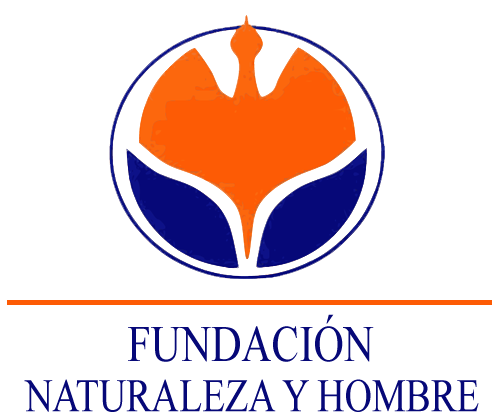ARRIBES DEL DUERO NATURAL PARK
Arribes del Duero is located between the provinces of Salamanca and Zamora (Castile and Leon), forming what is known as the Portuguese stripe. Covering an area of 106,105 hectares, the district is linked to the Duero River’s granite encasement, a deep cut that has been carved out over millions of years by rivers and streams that converge to form a landscape of canyons and cuts up to 400 m high.
This difference in height has created a Mediterranean microclimate, warmer than that which prevails in the adjacent area. This has been exploited by man for the cultivation of other species that are rare in these latitudes (olive, almond, cherry, vines…), with the construction of terraces on the slopes to make the most of the soil, accompanied by rich riverside vegetation of ash and willow trees and almond groves in the vicinity. It is worth mentioning the almond forest in Mieza (Salamanca), which is the largest in Europe.
In the peneplain, between 500 and 700 metres above sea level, there are basically two formations: the Pyrenean oak groves in more humid environments and the holm oak forests, which replace them in drier areas. In many cases, the use of livestock has transformed the original structure of the local woodlands into the current pastures. Despite this reduction, a minimum of 106 species have been conserved which are associated with the rocky ground and the surrounding meadows with their acidic substrate.
As for the fauna, there are more than three hundred species of vertebrates recorded, including the black stork, Bonelli’s eagle, Egyptian vulture, griffon vulture, golden eagle, peregrine falcon and eagle owl. Among all these birds, it is worth mentioning the existence of a Dupont’s lark breeding nucleus, the most western one in the Iberian Peninsula
As for the Portuguese part (Douro International Nature Park), it extends for about 120 kilometres in a relatively narrow strip of territory along the international sections of the Douro River and its tributary Agueda. Much of this area corresponds to a river canyon with steep rocky slopes, ecologically associated with the vast plateau that flanks it. The transition from the plateau to the bottom of the Arribes is more abrupt to the north, while to the south it is made by gentle slopes. Granite is predominant in the north and south.
The forest areas occupy almost half of the area of the sites where shrubs predominate. The plateau is a smallholder area, with an Atlantic climate, which is characterised by extensive rain-fed agriculture, predominantly associated with the production of grain and fodder for livestock. The relief is milder in these areas, which are intensely cultivated and grazed. They are areas with no great floristic interest, except in some stretches where we can find some high floristic diversity areas.
It is an area of great floristic interest and islands of vegetation in a very good state of conservation, with emphasis on those that occupy the cliffs, where thermophilic areas appear with the most important juniper populations in Portugal.
Mosaic agriculture, with relatively high primary productivity, represents the main source of energy for many species of fauna that find refuge in the rugged area of the river, particularly birds.
OFICINAS CENTRALES FNYH
Dirección: Av. De España Nº 25 Entlo, 39610 El Astillero Cantabria
Tlf: 942 55 91 19 / 679181483
fundacion@fnyh.org
DELEGACIÓN PARA PORTUGAL
Dirección: Rua do Conde de Redondo 8-5º dt 1150-115 Lisboa Tlf: (++351) 919 784 981 crc@erena.pt
CASA DE LA NATURALEZA-MARISMAS DE ALDAY
Dirección: C/ Alday (junto al parking de Valle Real), Maliaño, Cantabria
Tlf: 679 181 472
educacionambiental@fnyh.org
DELEGACIÓN PARA SUDAMÉRICA
Iguazú iguazuconservation@fnyh.org
ECOMUSEO-FLUVIARIUM DE LIÉRGANES
Dirección: C/ Camino Real, 9, 39722 Liérganes, Cantabria
Tlf: 942 52 81 96
fluviarium@fnyh.org
DELEGACIÓN PARA ÁFRICA
Tanzania fundacion@fnyh.org
VIVERO Y CENTRO ETNOBOTÁNICO EL PENDO
Dirección: 39609 Camargo, Cantabria
Tlf: 942 25 88 08
vivero@fnyh.org

ESTACIÓN BIOLÓGICA CAMPANARIOS DE AZABA
Dirección: Camino de La Alamedila, SN 37497 Espeja, Salamanca
Tlf: 923481401
campanarios@fnyh.org
